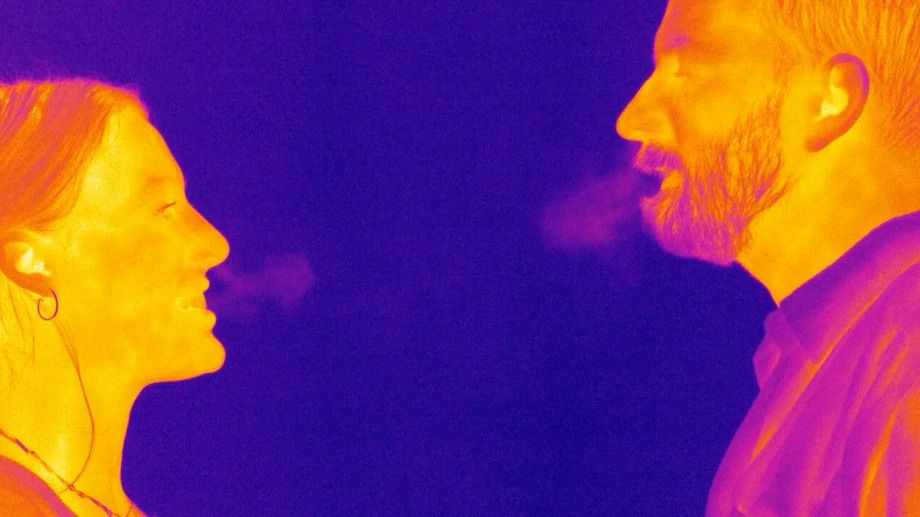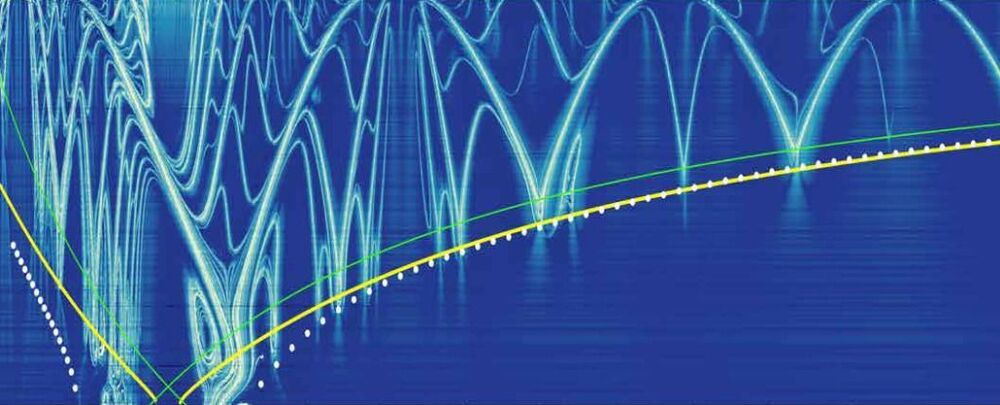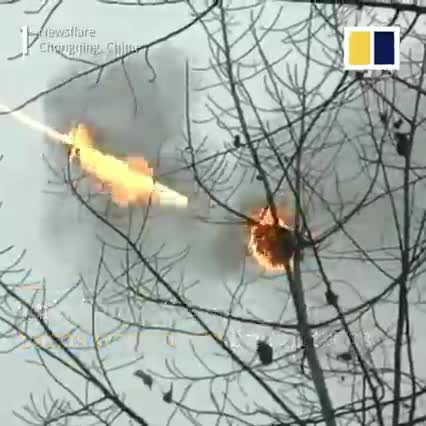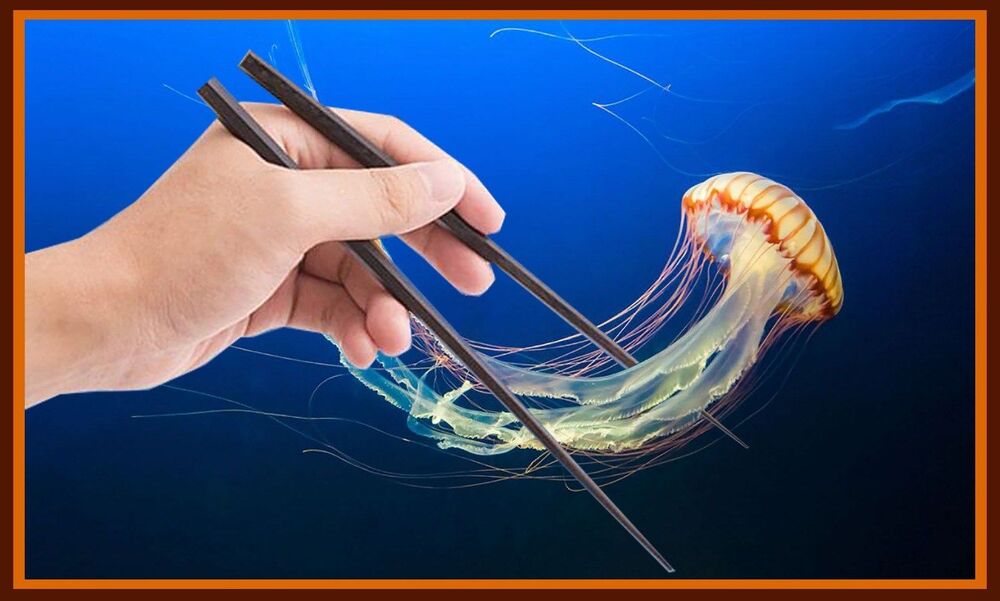How early Earth became the habitable and life-friendly planet that it is today.
New insights on how, and when, terrestrial planets become habitable.


To visually illustrate the risk of airborne transmission in real time, The Washington Post used a military-grade infrared camera capable of detecting exhaled breath. Numerous experts — epidemiologists, virologists and engineers — supported the notion of using exhalation as a conservative proxy to show potential transmission risk in various settings.
“The images are very, very telling,” said Rajat Mittal, a professor of mechanical engineering in Johns Hopkins University’s medical and engineering schools and an expert on virus transmission. “Getting two people and actually visualizing what’s happening between them, that’s very invaluable.”

Invisible structures generated by gravitational interactions in the Solar System have created a “space superhighway” network, astronomers have discovered.
These channels enable the fast travel of objects through space, and could be harnessed for our own space exploration purposes, as well as the study of comets and asteroids.
By applying analyses to both observational and simulation data, a team of researchers led by Nataša Todorović of Belgrade Astronomical Observatory in Serbia observed that these superhighways consist of a series of connected arches inside these invisible structures, called space manifolds — and each planet generates its own manifolds, together creating what the researchers have called “a true celestial autobahn”.

**2021 Space Renaissance [Webinar Series “SPACE SAFETY”](https://spacerenaissance.space/event/webconference-on-space-…elopment/)**
Sunday December 13th 16:00 UTC
Live streaming on [Facebook Space Renaissance Initiative Group](https://www.facebook.com/events/3842711565750385/)
**With**:
- tommaso sgobba, IAASS — space safety.
- jonathan tate, spaceguard UK — dangerous asteroids monitoring & defense.
- Joe Pelton, GALIX, former Director at International Space University — Space Weather.
It’s not a stretch to say that stretchable sensors could change the way soft robots function and feel. In fact, they will be able to feel quite a lot.
Cornell researchers have created a fiber-optic sensor that combines low-cost LEDs and dyes, resulting in a stretchable “skin” that detects deformations such as pressure, bending and strain. This sensor could give soft robotic systems – and anyone using augmented reality technology – the ability to feel the same rich, tactile sensations that mammals depend on to navigate the natural world.



I didn’t even know we could eat jellyfish! 😃
According to a new study conducted by scientists at the University of Queensland, Australia, we should eat more jellyfish and less fish if we want to save the planet.
The research, published in Nature Communications, suggests increasing our jellyfish consumption worldwide to protect threatened fish species and guard marine conservation efforts. IUCN figures show that fishing is an ongoing threat to 96% of threatened fish species and the only constant threat for some.
Globally, up to 91 threatened fish species, including Atlantic horse mackerel, haddock, and bigeye tuna, are legally caught on an industrial scale. Approximately 15% of these species are then traded internationally, primarily for consumption in Europe.

